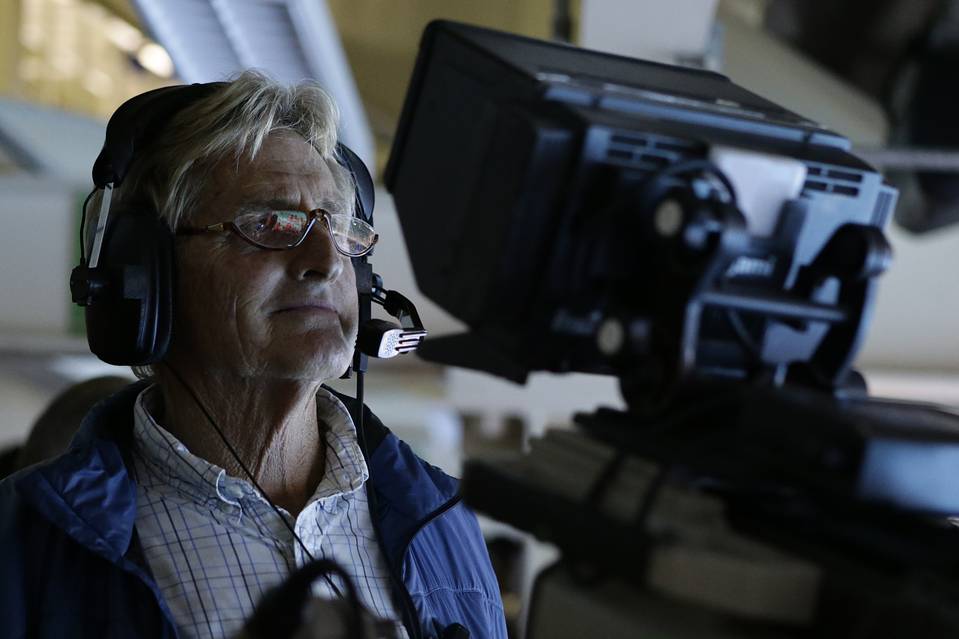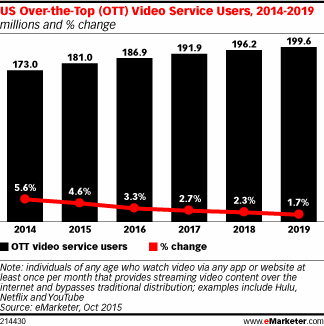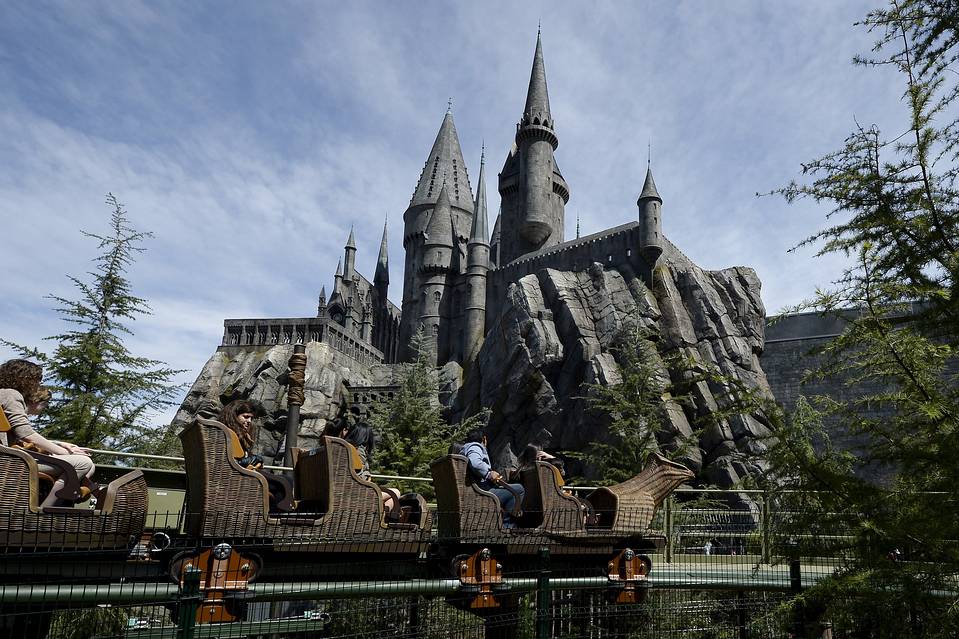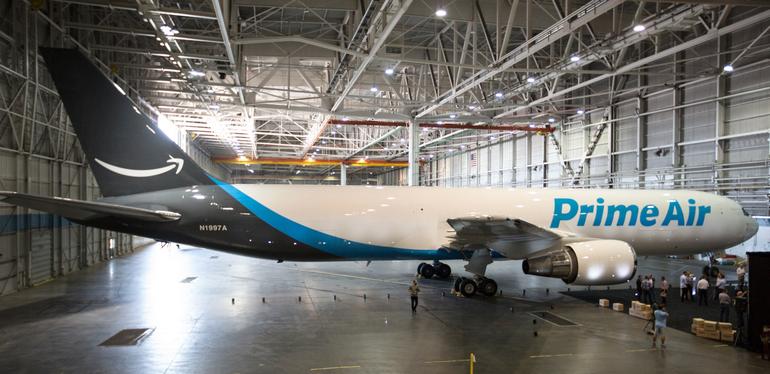Growing up on Long Island in the 80’s in a small town out on the North Fork called Mattituck there was a furniture store along a fairly busy street (busy for Mattituck standards). One day the owner decided to sell some used bikes out front. They sold quickly. Then he sold another bike, and another, and another, until ultimately he started selling new bikes right out of the store. Before you knew it, the store was transformed from Country Time Furniture to Country Time Furniture and Bikes — half the store sold furniture and the other half bikes. The bike store is still there, I think the furniture part of the business is long gone.
On paper, the business model made no sense — furniture and bikes. But as kids, its was the best furniture store to go to. We could check out all the bikes as the parents looked at boring furniture. And then for the parents, when getting their children new bikes or repairing a bike, they could look at the furniture. Of course, there was also a seasonality aspect to the business — bikes sold well during the summer when furniture didn’t.
Fast-forward and now we have shopping malls being converted into entertainment centers. The NFL, NBA and NHL all opening massive stores in New York City that are experience-driven stores. Brands are now opening experience stores: M&M’s, Crayola, etc. Restoration Hardware closing mall-based stores and replacing it with a massive showroom store in Atlanta.
From our viewpoint, the reason for this movement is simple: online shopping. Say what? Yes, with more and more shoppers going online for their day-to-day needs, when folks head out, they aren’t shopping for the essentials anymore — AmazonPrime (AMZN) is taking care of that. No, they are looking to be entertained. They are looking to try new things, see new things, live new things .
That’s a long preamble for this story about Toms Shoes, which opened a flagship store in the trendy Venice Beach area of LA (read expensive), and put a coffee shop in it. The result? The store was immediately profitable, but not because of the coffee. It’s the people hanging out drinking coffee that start looking at shoes. Or, the people coming in to look at shoes and grab a cup of coffee. Or, what’s more likely is one person is trying on shoes while their companion is patiently waiting, enjoying a nice cup of Joe. Just like furniture and bikes.
When Blake Mycoskie, founder of Toms Shoes, decided to open a flagship store along a sun-soaked strip of Abbott Kinney Blvd. in Venice, Calif., people thought he was crazy, but not because opening a retail outlet didn’t make sense for the brand.
Mr. Mycoskie only wanted to dedicate half of the square footage to selling shoes; the rest would become a coffee shop with an outdoor space for people to hang out among the merchandise.
Source: How Toms Wins At Retail By Not (Only) Selling Shoes – AdAge










